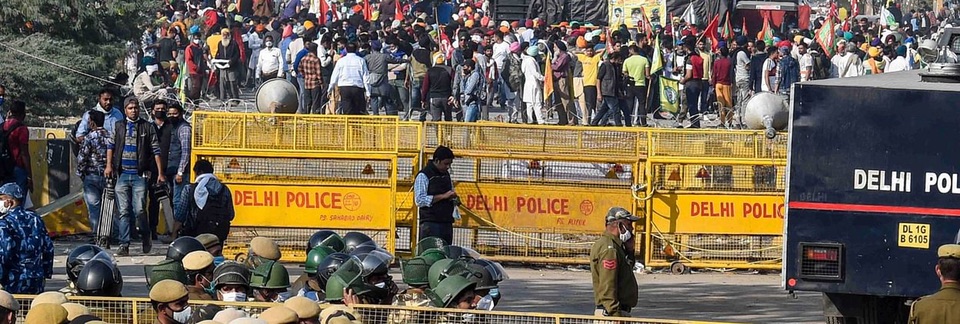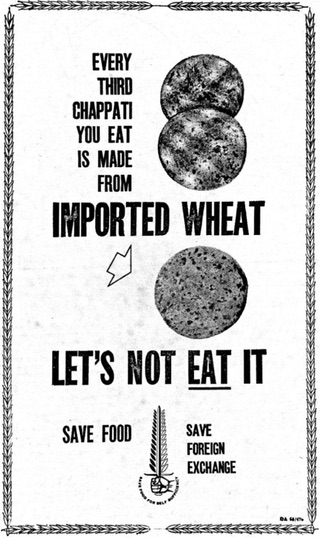
Podcast: Play in new window | Download (Duration: 23:46 — 21.9MB)
Subscribe: Google Podcasts | Spotify | Android | RSS | More
 Rachel Roddy is a marvellous conduit between the many cultures and kitchens of her adopted homeland and a world that simply cannot get enough of Italy. Her latest book is all about pasta, although she wisely recognised that there was little point in trying to be encyclopaedic. Instead, she chose 50 shapes on which to hang history, culture, personal stories and, of course, recipes and suggestions.
Rachel Roddy is a marvellous conduit between the many cultures and kitchens of her adopted homeland and a world that simply cannot get enough of Italy. Her latest book is all about pasta, although she wisely recognised that there was little point in trying to be encyclopaedic. Instead, she chose 50 shapes on which to hang history, culture, personal stories and, of course, recipes and suggestions.
We met just in time for me to get this episode ready for World Pasta Day, today. We talked about the book, obviously, and also about many other aspects of pasta and Italian life. She did divulge what she is thinking of making to celebrate World Pasta Day. I won’t spoil the secret; you’ll just have to listen. What will you be making?
Notes
- An A-Z of Pasta: Stories, Shapes, Sauces, Recipes is widely available.
- So is A Short History of Spaghetti with Tomato Sauce, by Massimo Montanari.
- And Oretta Zanini De Vita’s Encyclopedia of Pasta.
- After my confession about using up bits of leftover mixed pasta, I looked closely in the shops, and discovered that more than one brand actually sells boxes of mixed pasta. What’s more, they cost exactly the same as whole pasta. I don’t understand.
- Transcripts are a bit delayed right now, but there will be one soon.


 After the partition of India and Pakistan in 1947, a chef brought the tandoor oven and his tandoori chicken from Peshawar to a new restaurant he opened in Delhi, the Moti Mahal. There, he created makkhani murghi, butter chicken; tandoori chicken in a sauce that combines tomatoes, butter and cream. Seventy years later, the internet was overrun by a recipe for an “easy, authentic, creamy, spicy, and delicious” version of the “traditional Indian restaurant dish”. Urvashi Pitre, who created that recipe, shot to fame and a book deal as the Butter Chicken Lady.
After the partition of India and Pakistan in 1947, a chef brought the tandoor oven and his tandoori chicken from Peshawar to a new restaurant he opened in Delhi, the Moti Mahal. There, he created makkhani murghi, butter chicken; tandoori chicken in a sauce that combines tomatoes, butter and cream. Seventy years later, the internet was overrun by a recipe for an “easy, authentic, creamy, spicy, and delicious” version of the “traditional Indian restaurant dish”. Urvashi Pitre, who created that recipe, shot to fame and a book deal as the Butter Chicken Lady.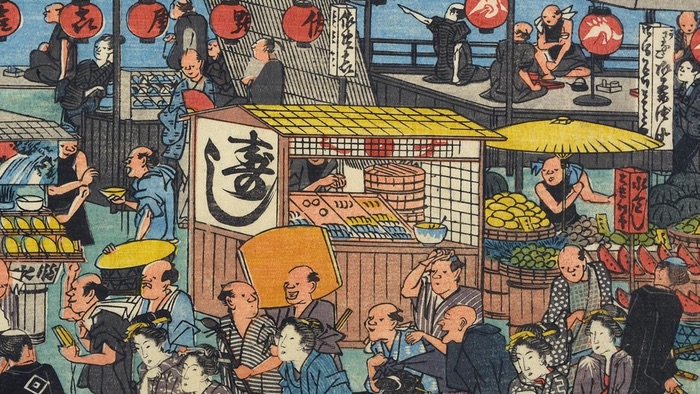

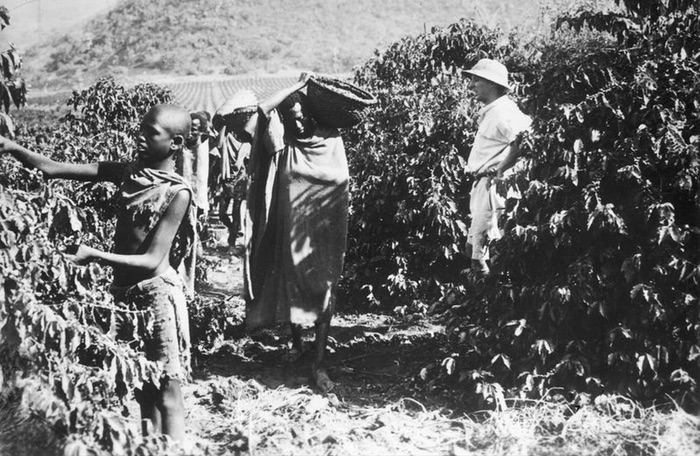
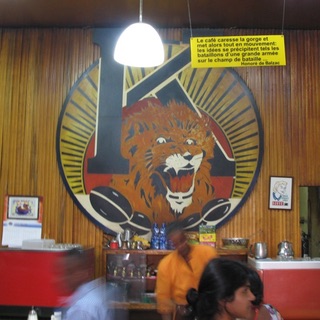 Tomoca Coffee House in Addis Ababa is a lasting reminder of the Italian occupation of Ethiopia. When I visited, almost 10 years ago, a somewhat ancient machine was producing terrific cups of espresso for a huge crowd, and they were doing a roaring trade in beans too. Tomoca is in some ways a symbol not just of Ethiopian coffee, but also of the Italian connection and, at one remove, of the way that coffee ties Italy and Ethiopia to Brazil.
Tomoca Coffee House in Addis Ababa is a lasting reminder of the Italian occupation of Ethiopia. When I visited, almost 10 years ago, a somewhat ancient machine was producing terrific cups of espresso for a huge crowd, and they were doing a roaring trade in beans too. Tomoca is in some ways a symbol not just of Ethiopian coffee, but also of the Italian connection and, at one remove, of the way that coffee ties Italy and Ethiopia to Brazil.